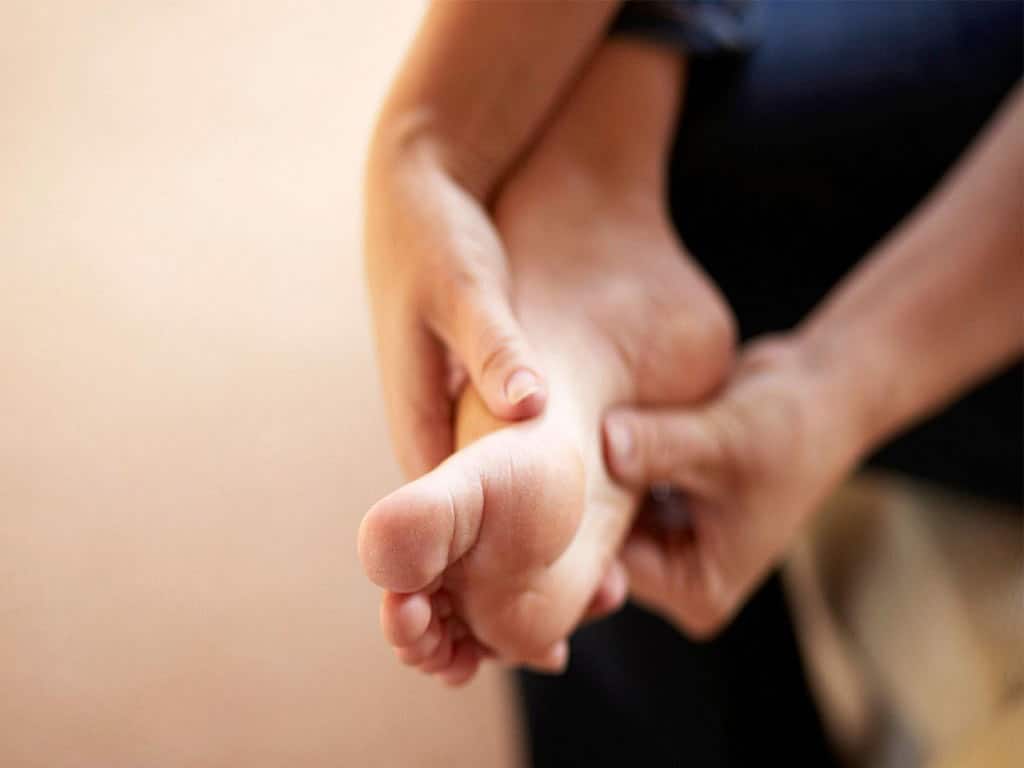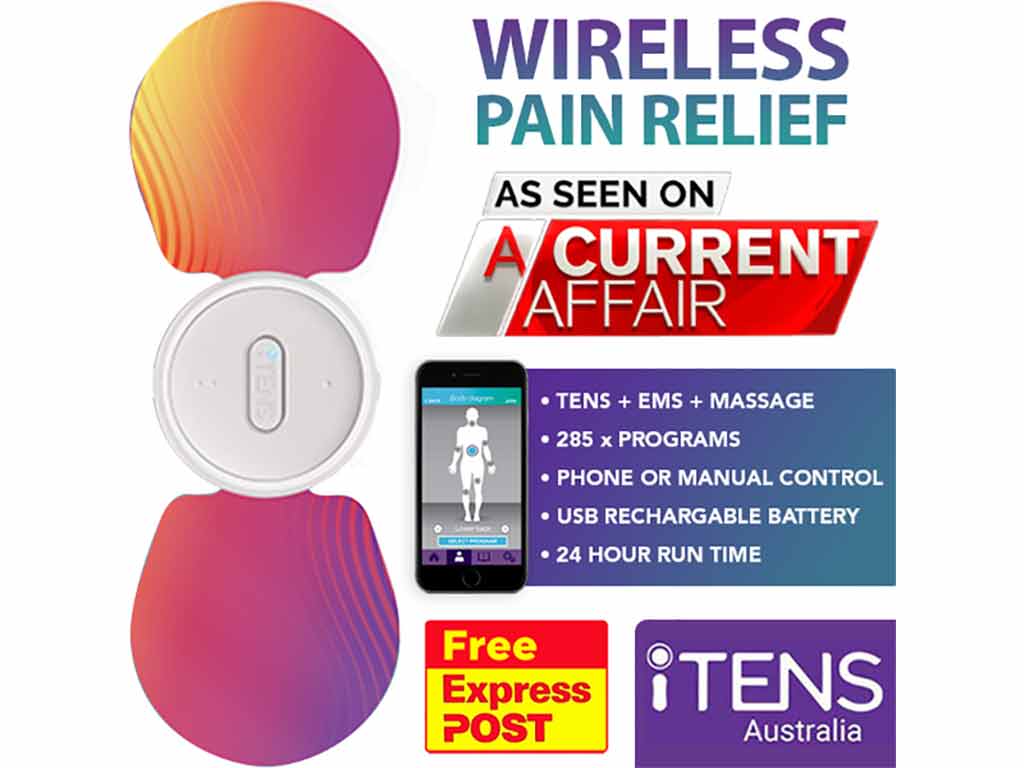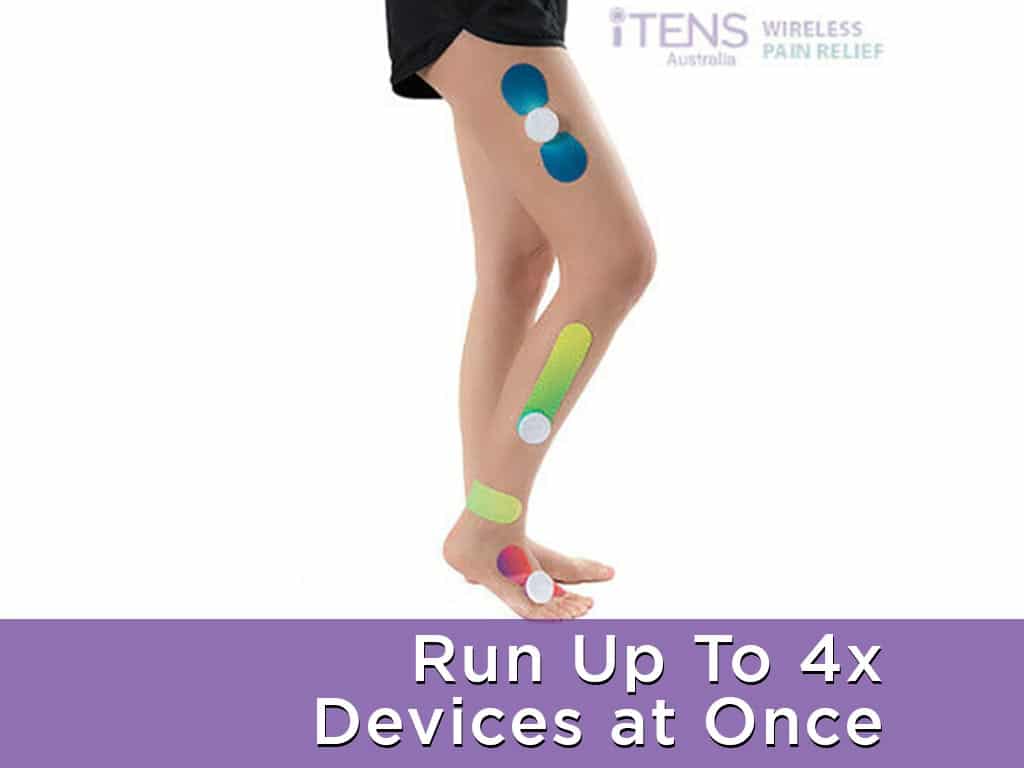
Bone spurs are tiny growths or bumps that form in the joints or the spine. Not all bone spurs have symptoms or need treatments. However, in some cases, it causes pain, stiffness, and numbness. One option for managing the discomfort from the condition is Transcutaneous Electrical Nerve Stimulation (TENS). A TENS unit for bone spur offers immediate relief. It uses mild electrical pulses to stimulate the nerves and reduce pain signals to the brain.
One of the causes of back pain is bone spurs or osteophytes. It is common for people over the age of 50 to have them, but some may only learn they have a bone spur after undergoing an X-ray. Fortunately, a TENS unit can be an effective tool in managing pain. In this article, we will dive deeper into how a TENS unit can help with osteophytes and how to use the device effectively.
What is a TENS Unit for Bone Spurs?
A TENS unit is a battery-powered device using low-voltage electrical currents to provide drug-free pain relief. It has adjustable settings to control the frequency and intensity of the electrical pulses delivered to the body. This customisation feature allows for targeted and tailored relief according to individual needs.
There are two main types of TENS units for bone spurs. The first is the standard or traditional device. This type of TENS machine has a handheld remote control and wired electrode pads. The second type is the wireless TENS machine. It is a more portable and lightweight device with a Bluetooth connection. Therefore, users can control the electrical stimulation from a smartphone.
Once bone spurs form in the joints, they can cause chronic inflammation and affect daily activities. They can also affect the surrounding nerves, leading to pain and discomfort. A TENS unit can be a valuable tool in managing the pain associated with bone spurs. By targeting the nerves in the affected area, TENS can help reduce inflammation and improve blood circulation.
Symptoms and Causes of Bone Spurs
The most common symptoms of bone spurs include the following:
- Pain in the affected area.
- Pain or stiffness when bending or moving the affected joint.
- Stiffness and limited range of motion.
- Weakness, numbness, or tingling sensations, causing hand and foot pain.
- Dull pain in the neck or lower back when standing or walking.
- Loss of coordination in a part of the body.
- Knee pain or difficulty straightening the leg.
Causes of bone spurs include the following:
- Disc and joint degeneration. It is the normal wear and tear of the system due to aging.
- Structural problems such as spinal stenosis
- Osteoarthritis
- Poor nutrition

How Does a TENS Unit for Bone Spurs Work for Pain Relief?
A TENS unit for bone spurs sends electrical currents to the nerves in the affected area. These currents can override the nerves, inducing them to disrupt the transmission of pain signals. In particular, it blocks the pathways of these signals in the spinal cord from reaching the brain. This action reduces the perception of pain, providing temporary relief.
Additionally, mild pulses from TENS promote the release of endorphins, which are the natural painkillers of the body. Endorphins inhibit the nerve cells from sending pain messages to the body, alleviating excruciating pain and providing long-lasting relief. This can be especially helpful for individuals with chronic pain.
Moreover, TENS boosts blood flow and relieves inflammation. It can help reduce the swelling that compresses the nerves and aid tissue repair. Each of these treatment strategies involves modifying the frequency stimulation at different levels. It is also important to note that the effects of TENS vary with each person and may require some experimentation to find the most effective settings.
Benefits of TENS Treatment
TENS is a drug-free treatment. It helps reduce reliance on pain medications, which can have adverse effects or reactions on some people. It is also non-invasive. This means there are no needles or incisions involved, making it a safe and convenient option.
Furthermore, TENS units are easy to operate and do not require the supervision of a medical professional. In addition, TENS is a cost-effective option. It does not involve high ongoing costs or expenses compared to other pain management methods. By managing pain sensations as needed, people can return to their normal activity levels and improve their quality of life.

How to Use a TENS Unit for Bone Spurs
Using a TENS unit for bone spurs is a simple process. Firstly, identify the precise treatment area for pad placement. Secondly, clean and dry the skin. Remove any lotion, oil, dirt, or excess hair that may interfere with the conductivity of the device. Thirdly, apply the electrodes and turn on the turns machine.
Adjust the frequency, pulse duration, and intensity of the device. It is advisable to start with the lowest setting and gradually increase it to a more comfortable level. Moreover, the settings may depend on the type of pain. For example, low-frequency electrical stimulation is advisable for chronic pain. In contrast, high-frequency TENS is more suitable for acute pain or severe pain symptoms.
Subsequently, set the treatment duration for 15-30 minutes. People with chronic pain may use the device for up to one hour at a time. After the session, turn off the unit and remove the electrode pads. Following the safety guidelines and precautions is vital to avoid potential adverse effects.
Electrode Placement Guide
The electrode placement plays a vital role in the effectiveness of the TENS therapy. The location of the electrodes depends on the specific area affected by the bone spur. Generally, if it affects a single joint, place the pads on either side of that joint.
For foot pain, place the pads on either side of the spot where the bone spur is, such as above and below the arch or close to the heel. If the pain is in the neck or back, the electrode placement should be on either side of the spine, above and below the affected area.
Conclusion
Bone spurs can be a painful condition that affects daily life and mobility. While various treatment options are available, using a TENS unit for bone spurs can provide relief and improve quality of life. It is a drug-free and non-invasive treatment option for managing the pain. By using electrical signals, it can help block pain signals and release natural pain relievers. Therefore, it provides immediate relief without the potential risks or side effects of medicines or surgeries.
When using a TENS unit, it is important to follow proper usage guidelines and correct placement of electrodes. Remember to start at a low-intensity level and gradually increase as needed. Also, pay attention to signs of skin irritation, redness, or rashes. In case of persisting side effects, consult a healthcare professional. Overall, TENS is a convenient and efficient pain management method due to its non-invasive nature, ease of use, and cost-effectiveness.







